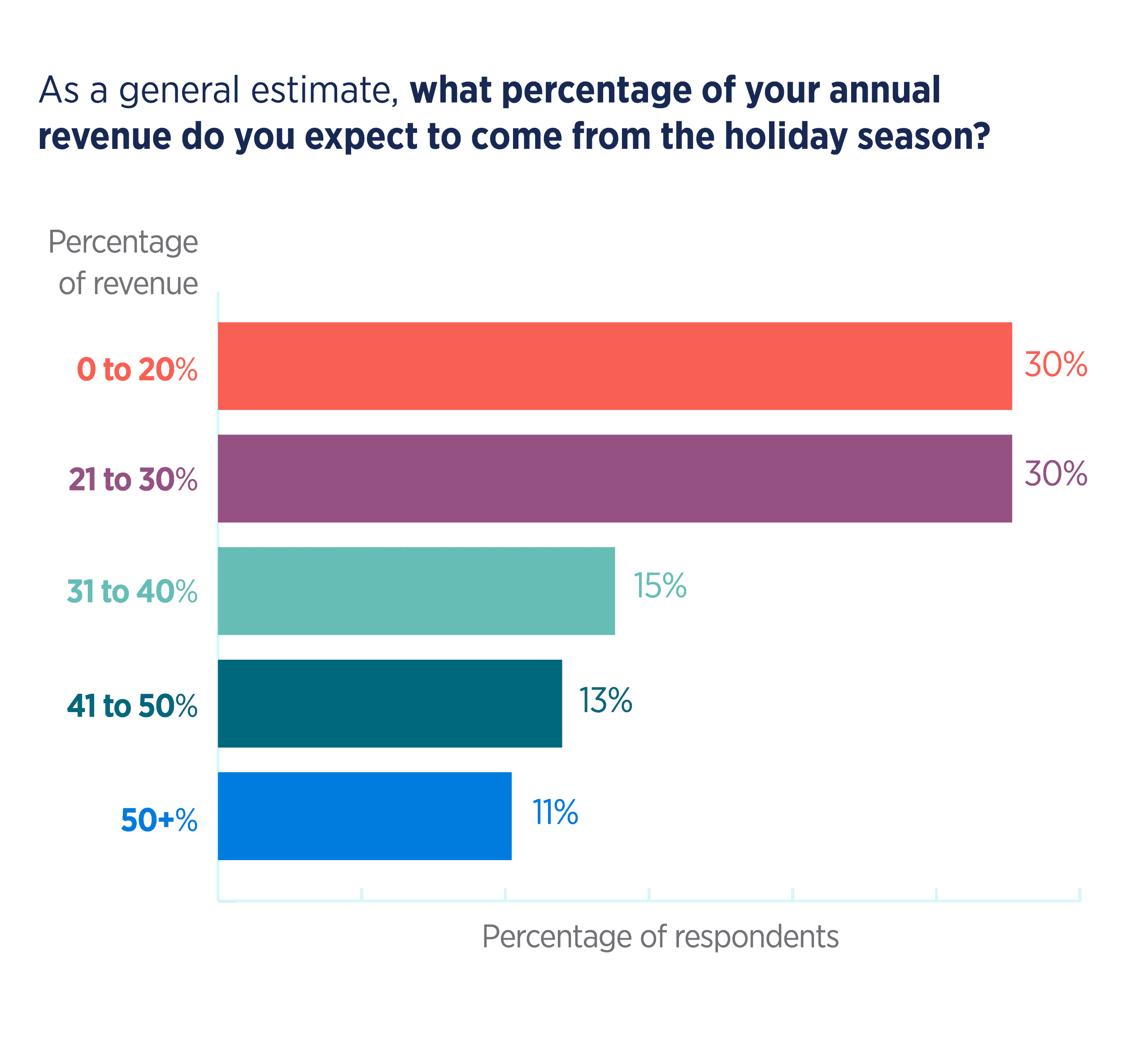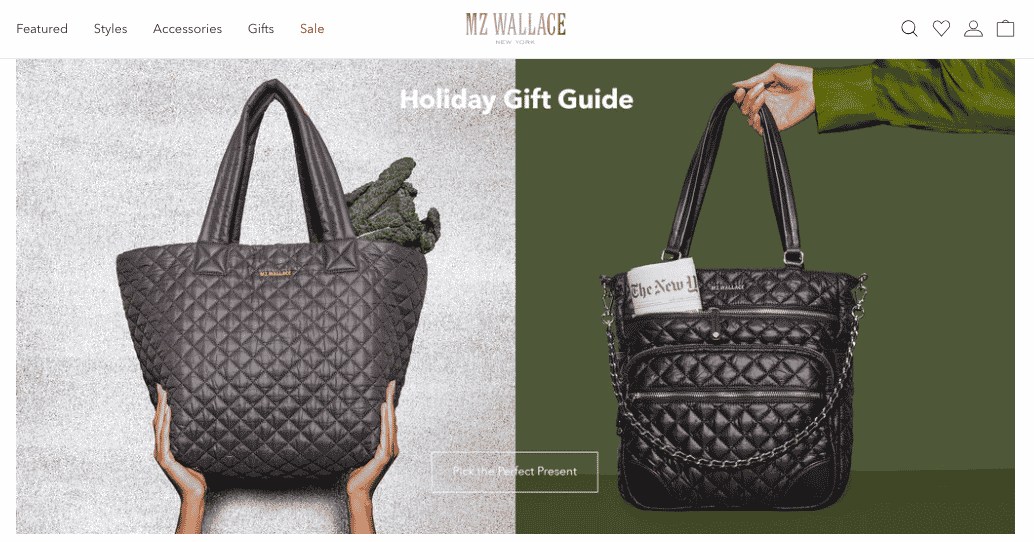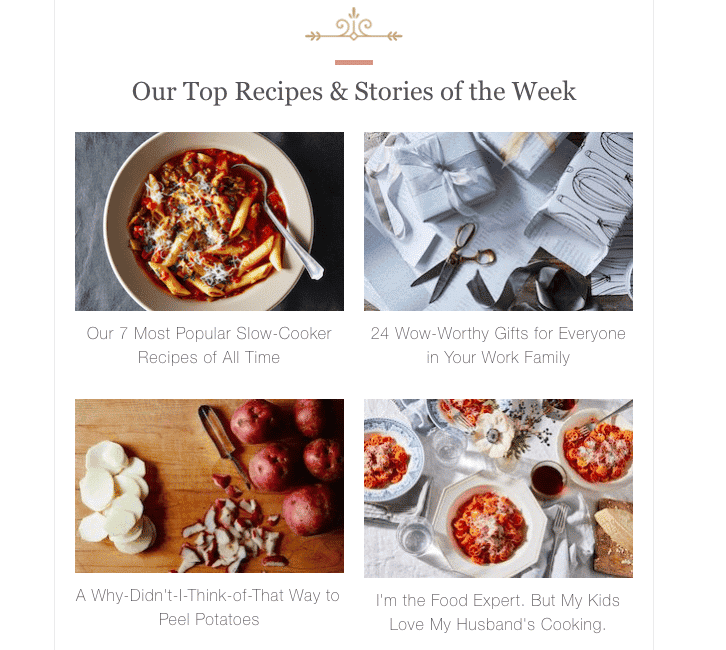How MZ Wallace and Food52 Use the Holidays to Boost Year‑Round Loyalty
January 9, 2020

It’s an age-old debate: When do the holidays officially start? Is it socially acceptable to listen to “All I Want For Christmas Is You” on Thanksgiving or do we have to wait until Black Friday? The digital age has blurred those lines, making it easier for people to shop earlier and earlier. Last year, 25% of respondents in a RetailMeNot survey even planned to start shopping before October. For handbag retailer MZ Wallace, the holidays actually start during the summer.
YuJin Yong, MZ Wallace’s Senior Director of Direct to Consumer, explains the meaning behind the strategy. The company uses the summer as a testing period, viewing the much-quieter season as a microcosm for holiday email sends.
“We see who reacts and opens, and then mimic that and apply it to a time when it’s busier and more chaotic,” says YuJin, who adds that timing sends to holiday events trains customers to expect your emails. “We tell them in advance that they should expect a weekly email throughout December so they look forward to it.”
Inside MZ Wallace and Food52’s Smart Segmentation Strategies
The most wonderful time of the year is also the most lucrative. Surveying senior retail marketers last year, we found that 58% expect the holiday season to account for 21-50% of their annual revenue. And 11% even expect to make more than half their annual revenue during these busy few weeks.

It can be tempting to go overboard, especially for a brand like Food52, which pairs so well with the holidays that Thanksgiving offerings even include a hotline readers can call for cooking and hosting advice. However, a smart segmentation strategy helps Food52 keep engagement high.
“Our most engaged folks can get up to two emails a day,” explains Grace Ouma-Cabezas, Food52’s VP of Digital Marketing. “They’re our super fans and their open rates are more than 30%.”
Food52’s audience consists of both customers and content consumers, two groups who receive emails at very different frequencies. The former group is far more likely to make a purchase and as a result, receives more emails. There are also levels within the customer segment; top shoppers earn Club Sandwich VIP status. A preferences manager also allows people to dictate how often they hear from the brand.
MZ Wallace is similarly mindful of how often they’re messaging customers. During the holidays, the retailer uses gift guides as a winback tactic, reintroducing the brand to one-time shoppers or lapsed customers. They also work as a subtle engagement test. If the gift guide didn’t generate a click or even an open, you’re not likely to hear from MZ Wallace until next holiday season.

If it did generate a click or an open, a customer’s behavior determines future emails. “We stemmed it from how we group our digital ad spend by customer interest,” says YuJin. “If this person gravitates toward the traveler profile, we’ll send you travel-specific emails. How someone interacts with our ads, site and email determines the type and frequency of specific content they get from there. It’s like Choose Your Own Adventure.”
Making Sure Customers are Still Fans in February
In a way, these segmentation strategies pave the way for the following year. While Food52 reaches out to gift card holders with relevant content to nurture that purchase, MZ Wallace asks first-time buyers how they liked their purchase.
At the same time, they introduce the customer to My MZW Rewards loyalty program. Because the brand is largely non-promotional, this loyalty program centers on exclusivity: VIP events, early access, brand collaborations, gifts. Recently, MZ Wallace brought back bestsellers from years past, which customers loved; they treated the items almost as collectibles.
Food52 has one of the best content+commerce strategies around. First Round Review said as much when profiling company’s co-founders earlier this year. That strategy ensures year-round engagement. One hallmark is a strong balance between editorial curation and algorithmic personalization.
“We want the experience to be personalized and we make recommendations based on your past behavior. But we also have a curated POV around how we talk about food and products because we have a community of makers,” says Grace.

The State of Brand Loyalty in the U.S. in 2023
Related



